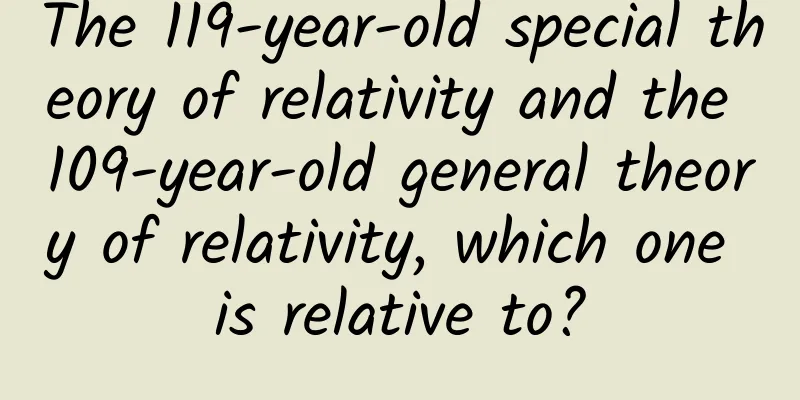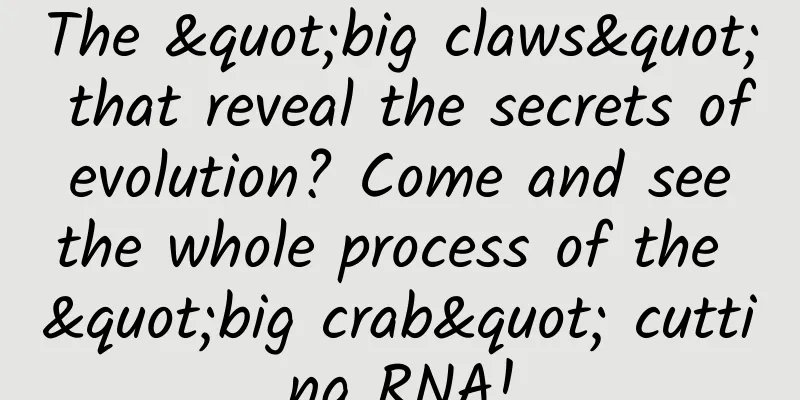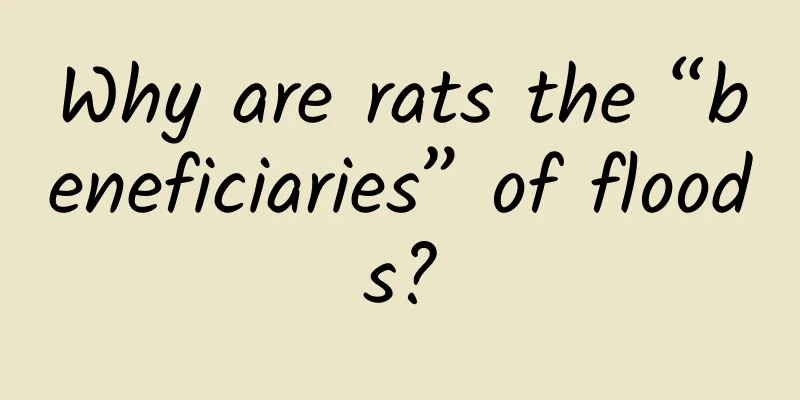The 119-year-old special theory of relativity and the 109-year-old general theory of relativity, which one is relative to?

|
Audit expert: Qian Hang Aerospace science expert of the First Academy of China Aerospace Science and Technology Corporation If you are a science student, if you want to study science in college, then there are two "mountains" left by Einstein that you need to climb: one is the theory of relativity, and the other is still the theory of relativity. When it comes to Einstein, E=MC² is many people’s first impression of him, and this “Internet celebrity formula” also originates from the theory of relativity. It has been 119 years since the birth of the special theory of relativity, and 109 years since the general theory of relativity was born. So, what exactly does the "relative" in the theory of relativity refer to? Source: AI generated image Does the ancient legend that “one day in heaven is a hundred years on earth” coincide with the concept of time dilation in the theory of relativity? Today, let us delve into this puzzle of traveling through time and space! Special relativity: reshaping the concept of space and time Source: Baidu The special theory of relativity is a theory proposed by Albert Einstein in 1905. It overturned the absolute view of space and time in Newtonian mechanics and proposed a completely new concept of space and time. The "relative" in the special theory of relativity mainly refers to the relativity between different inertial reference frames. There are two core assumptions in the special theory of relativity: the principle of the constancy of the speed of light and the equivalence principle . The principle of the constancy of the speed of light states that the speed of light in a vacuum is constant in any inertial reference frame and does not depend on the state of motion of the observer. This principle breaks the concept of velocity superposition in Newtonian mechanics and leads to amazing relativistic effects such as time dilation and length contraction. The equivalence principle states that in a local area, it is impossible to distinguish between a uniform gravitational field and an accelerating reference frame through experiments. This means that an accelerating reference frame can be regarded as stationary, and the laws of physics are the same in these reference frames. This principle laid the foundation for the proposal of general relativity. Source: AI generated image Special relativity also predicts the mass-energy relationship E=mc², which reveals the equivalence between mass and energy. It tells us that mass and energy can be converted into each other, providing a theoretical basis for the use of nuclear energy. General relativity: the interweaving of gravity and space-time Source: Institute of Theoretical Physics, Chinese Academy of Sciences General relativity is a theory proposed by Einstein in 1915. It is a further extension of special relativity, incorporating gravity into the framework of space and time. The "relative" in general relativity not only involves the relativity between different inertial reference frames, but also involves the curvature of space and time in the gravitational field . In general relativity, the presence of matter bends the spacetime around it, and the movement of objects is affected by this curved spacetime. This concept of spacetime curvature completely changes our understanding of gravity. Gravity is no longer an action at a distance, but a manifestation of the structure of spacetime itself. Source: Science Fiction Space General relativity predicts many astonishing phenomena, such as black holes and gravitational waves . Black holes are celestial bodies where certain regions of space-time are extremely distorted, so that even light cannot escape. And gravitational waves are disturbances in the gravitational field, which propagate through space-time like water waves. These predictions have been confirmed by many high-precision experiments, further proving the correctness of general relativity. In addition, general relativity is the theoretical basis of modern cosmology. It explains cosmic phenomena such as the Big Bang and black hole radiation , and reveals the origin and evolution of the universe. Although the general theory of relativity pointed out as early as 1915 that "the stronger the gravitational field, the slower the time", it was not until 1976 that the first precise experimental verification was carried out: at that time, scientists used a rocket to send an atomic clock to an altitude of 10,000 kilometers and found that it was about one second faster than the sea level clock every 73 years. In 2022, a research team led by Chinese scientist Ye Jun published an article in the journal Nature. Using the world's most accurate atomic clock developed by the team, they concluded that the time difference is about one trillionth of a trillionth of a millimeter in height. This research is also the experiment to verify the general theory of relativity on the smallest scale to date. So, my dear young friends, next time you hear the word "relativity", you might as well imagine the story of these two centenarians. They tell us that the world is not as simple as we think, but is full of endless mysteries and possibilities. Perhaps, in the future you will also be able to become a scientist who uncovers these mysteries! |
>>: Really? The meat we eat in the future may not necessarily come from living animals!
Recommend
Why did Xiaomi make its largest investment in iQiyi?
The US$1 billion "meeting gift" that Xi...
B station product analysis report!
The article provides a brief analysis of Bilibili...
Technology and market play a significant role in Chuangwei's leading position in the industry. Thoughts after 2014
January 5 (Reporter Zhang Xiaodong) The end of 20...
If you don't have enough good karma, you will be reborn as a giant anteater? Come on, giant anteaters are so cool
Have you watched "Restart Your Life" re...
South Korea's panel technology completely collapsed Samsung TV's dilemma in China
Recently, LG announced that it would sell its ind...
How much does it cost to customize a small program in Guangzhou?
In fact, there are ways to develop WeChat applets...
How to become a legendary full-stack engineer
[[134501]] Make a simple app like this: A weather...
Note to developers: Android M's permission mechanism
Introduction Before the release of Android M, the...
Using bullock carts to pull satellites! India, which is "running slowly and slowly", is implementing its cheap lunar exploration plan
Indian lunar probe renderings | Source: ISRO Writ...
"The sea is wide and the fish can leap for it" is just a beautiful imagination of submarine underwater navigation
Produced by: Science Popularization China Produce...
Zhuanghe SEO Training: How to solve the problem of slow website loading speed?
I believe that many people have had the experienc...
Smart Autumn Harvest | Revealing the "internal injuries" of rice seeds: the latest research of the Institute of Intelligent Technology on "crack detective technology"
Produced by: Science Popularization China Author:...
An investor's view of "Xiachufang": the story before the $30 million financing
Editor's note: [Xiachufang], this APP is not ...
Apple recommends not sliding to close background apps: otherwise it will affect battery life
Apple said that swiping to close apps on your iPh...
Your headphones are about to be "disrupted" by AI: Just take a look and the whole world is filled with his voice
Modern life is noisy in most situations. If you d...









